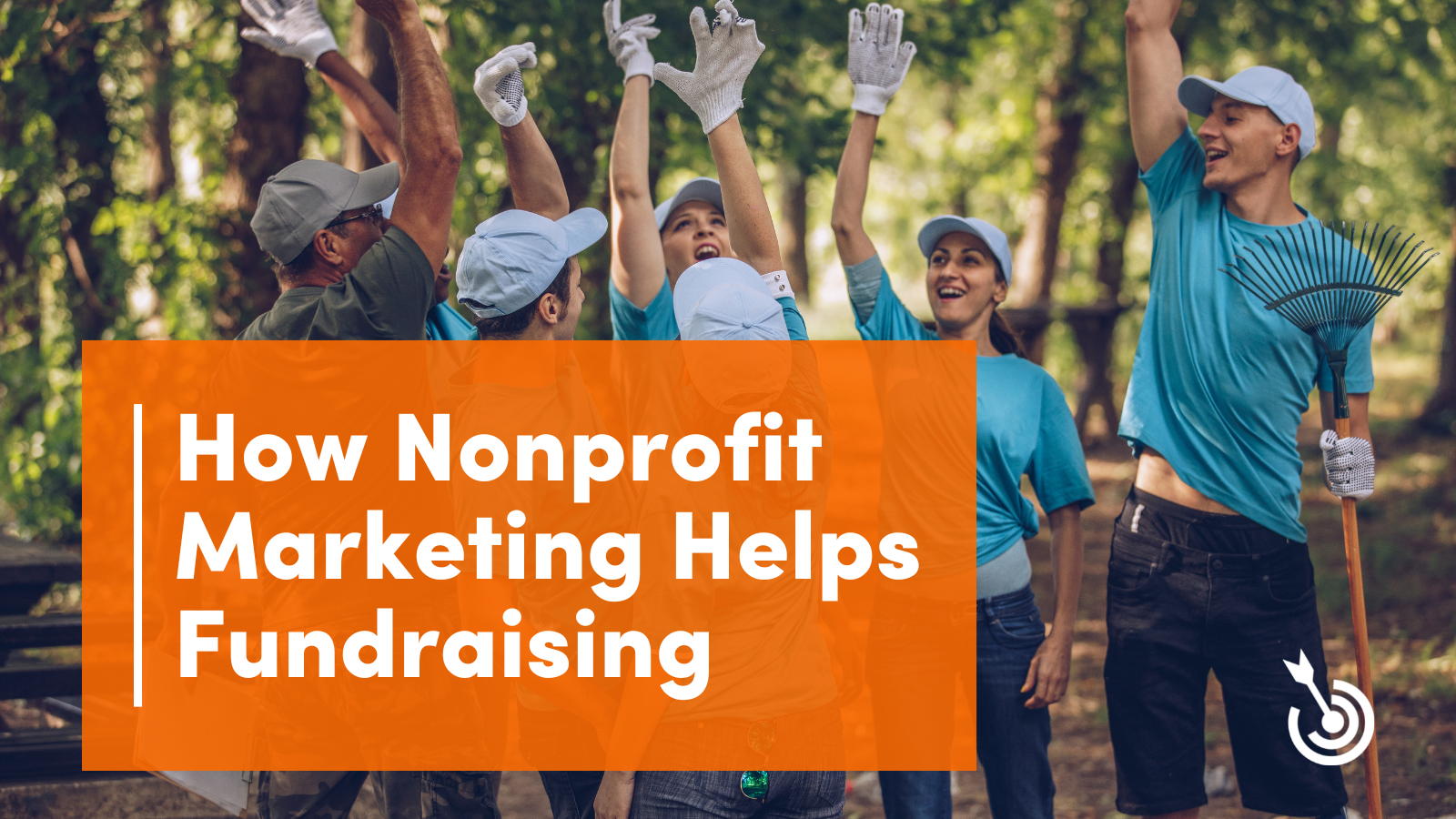 Nonprofits and the associated tax designation of such organizations are compelled to work towards a public good. Historically, this has often meant that nonprofits operate with lean margins, spending little on activities that are not directly correlated with delivering their mission. As they are held to standards on the percentage of expenses going to administrative functions and having to report expenses related to fundraising, nonprofits are sensitive to public perception of their handling of funds. This is all good stuff, and this information does help inform potential supporters who want their money to make the biggest impact. However, these realities are not a reason to pull back from investments in nonprofit marketing and communications.
Nonprofits and the associated tax designation of such organizations are compelled to work towards a public good. Historically, this has often meant that nonprofits operate with lean margins, spending little on activities that are not directly correlated with delivering their mission. As they are held to standards on the percentage of expenses going to administrative functions and having to report expenses related to fundraising, nonprofits are sensitive to public perception of their handling of funds. This is all good stuff, and this information does help inform potential supporters who want their money to make the biggest impact. However, these realities are not a reason to pull back from investments in nonprofit marketing and communications.
Nonprofit organizations should view these functions as a means to growth. Fundraising departments work hard to reach new donors and nurture active donors, but without appropriate marketing support, nonprofit fundraisers are working with one hand tied behind their backs. The same is true in for-profit businesses. The sales department is either bolstered by their marketing department or expected to convert sales when brand building (which includes trust building) is ignored.
Fundraising does not equal marketing. Marketing does not equal fundraising.
Because: brand building. A core component of every marketer’s work is building brand awareness, brand authority, and brand engagement. Fundraisers’ core work is creating opportunities for making money — directly, through events, grants, or other sponsorship activities. While they support each other, a marketer’s work differs from that of a fundraiser.
The impact of nonprofit marketing on fundraising is critical.
Imagine you receive an old-fashioned piece of direct mail from an organization you have never heard of, and you open it because something is enticing on that envelope. You notice that this is a direct appeal. There is a letter inside with a long story and some photos. The likelihood that you will read this whole appeal is very low. You may file this into the “deal with it later pile” or toss it out. You may have the intention of considering donating, but if you haven’t heard of them before, you aren’t ready.
Now imagine that you receive the same type of appeal, but this is an organization you’ve heard of many times. You see their brand (yes, nonprofits have their unique brand) everywhere in your community or online. You know someone on their Board or who volunteers for them; you’ve been invited to in-person events for them or even participated in a community activity with them. THIS is an appeal you will be much more inclined to read. When making individual giving decisions, THIS is the nonprofit that will get your dollars.
The “trick” in being more like the second scenario as a nonprofit is to invest in marketing. Have a robust social media presence that tells your mission story, inspires your audience, and shows your impact. Invite and engage the community in your organization to learn more and be moved to action. Participate in community events, business networking, content marketing, and yes, even advertising to build your brand so that when your fundraiser sends that appeal, the recipient on the other end is more likely to have an emotional connection already.
How can nonprofit organizations develop a business mindset around marketing?
- Set brand-building goals in the strategic plan and then benchmark against them regularly.
- Allocate an actual budget to a marketing function. Nonprofit marketing can not be relegated to when already overburdened staff has time.
- Develop a strategic marketing plan.
- Leverage volunteers to help with some activities, freeing staff to lead on the brand building — this is a significant bonus that nonprofits have over for-profit businesses! You can nurture an engaged set of ambassadors to HELP you build your brand.
- Use digital marketing tools. But don’t just hand the reins to a volunteer unless they are qualified.
- Use email marketing to keep your audience informed. Don’t confuse your marketing email with a fundraising appeal. Be clear and intentional with every communication.
- Spend money on your brand assets. Your website needs a refresh every three years or so, and your collateral should be professionally designed.
- Spend money on other marketing tactics. Advertising! Events! Branded SWAG!
Gone are the days when looking like a boot-strapped poor organization helps make your case. You are competing in a noisy and crowded online world, and to build your brand, you need to invest in your brand.